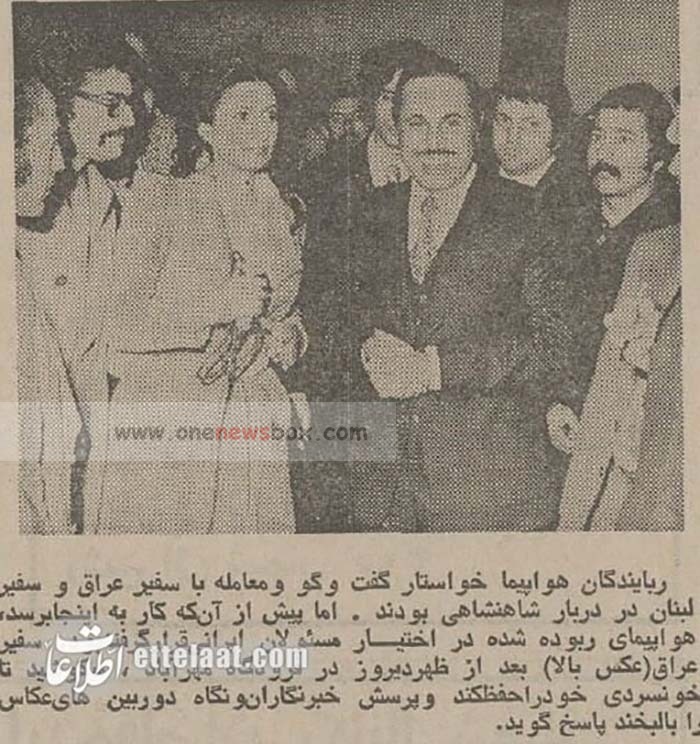Given these factors, Iran was cautious in its approach. While it did not grant asylum to the hijackers outright, it also did not immediately hand them over to Iraqi authorities. This ambiguity in Iran’s response may have been a calculated move to leverage the situation in its ongoing disputes with Iraq.
The Broader Implications of the Hijacking
This incident was part of a broader wave of airplane hijackings that plagued the 1960s and 1970s. The era was marked by numerous cases of hijackings carried out by political groups seeking to make statements, demand ransoms, or secure the release of prisoners. The Palestinian militant groups were particularly notorious for such tactics, but similar incidents occurred worldwide, from the United States to Europe and Asia.
One of the key takeaways from this incident was the realization that airport security measures in the region were inadequate to prevent such attacks. The Iraqi government, for instance, was unable to stop three armed men from boarding a domestic flight, despite apparent suspicions about their intentions. Additionally, the rapid escalation of violence at Mehrabad Airport underscored the unpredictable and dangerous nature of hijacking situations.
In response to this and similar hijacking events, governments worldwide began implementing stricter security measures at airports, including screening procedures and armed security personnel aboard flights. Iran, too, would later take stronger measures to prevent such incidents, particularly as it became a target of terrorist activities in the years leading up to the 1979 Islamic Revolution.

